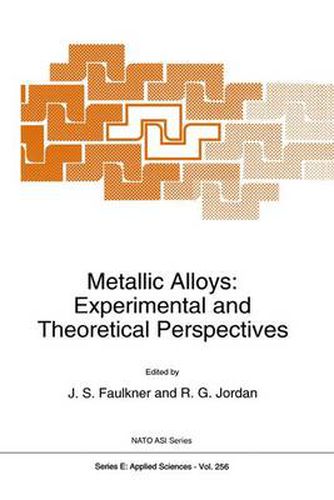Readings Newsletter
Become a Readings Member to make your shopping experience even easier.
Sign in or sign up for free!
You’re not far away from qualifying for FREE standard shipping within Australia
You’ve qualified for FREE standard shipping within Australia
The cart is loading…






This title is printed to order. This book may have been self-published. If so, we cannot guarantee the quality of the content. In the main most books will have gone through the editing process however some may not. We therefore suggest that you be aware of this before ordering this book. If in doubt check either the author or publisher’s details as we are unable to accept any returns unless they are faulty. Please contact us if you have any questions.
The development of new materials is recognized as one of the major elements in the overall technological evolution that must go on in order to sustain and even improve the quality of life for citizens of all nations. There are many components to this development, but one is to achieve a better understanding of the properties of materials using the most sophisticated scientific tools that are available. As condensed matter physicists and materials scientists work toward this goal, they find that it is useful to divide their efforts and focus on specific areas, because certain analytical and theoretical techniques will be more useful for the study of one class of materials than another. One such area is the study of metals and metallic alloys, which are used in the manufacture of products as diverse as automobiles and space stations. Progress in this area has been very rapid in recent years, and the new developments come from many different countries. For these reasons the Advanced Research Workshop Programme in the NATO Scientific Affairs Division has seen fit to sponsor several meetings to bring together the researchers and students working in this field from the NATO countries and elsewhere. There have been a series of NATO-ASI’s that have dealt with the results of research on the electronic structure of materials and the properties of metals, alloys, and interfaces. They are: Electrons in finite and infinite structures P. Phariseau and L.
$9.00 standard shipping within Australia
FREE standard shipping within Australia for orders over $100.00
Express & International shipping calculated at checkout
This title is printed to order. This book may have been self-published. If so, we cannot guarantee the quality of the content. In the main most books will have gone through the editing process however some may not. We therefore suggest that you be aware of this before ordering this book. If in doubt check either the author or publisher’s details as we are unable to accept any returns unless they are faulty. Please contact us if you have any questions.
The development of new materials is recognized as one of the major elements in the overall technological evolution that must go on in order to sustain and even improve the quality of life for citizens of all nations. There are many components to this development, but one is to achieve a better understanding of the properties of materials using the most sophisticated scientific tools that are available. As condensed matter physicists and materials scientists work toward this goal, they find that it is useful to divide their efforts and focus on specific areas, because certain analytical and theoretical techniques will be more useful for the study of one class of materials than another. One such area is the study of metals and metallic alloys, which are used in the manufacture of products as diverse as automobiles and space stations. Progress in this area has been very rapid in recent years, and the new developments come from many different countries. For these reasons the Advanced Research Workshop Programme in the NATO Scientific Affairs Division has seen fit to sponsor several meetings to bring together the researchers and students working in this field from the NATO countries and elsewhere. There have been a series of NATO-ASI’s that have dealt with the results of research on the electronic structure of materials and the properties of metals, alloys, and interfaces. They are: Electrons in finite and infinite structures P. Phariseau and L.